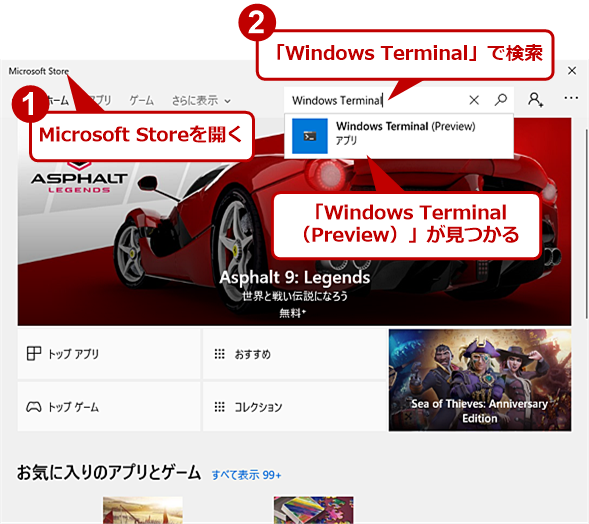

Most of them include keyboard shortcuts by default and now we’re giving you the ability to add your own keyboard shortcuts without removing existing ones using the settings UI. Windows Terminal comes with a ton of different actions at your disposal. Please feel free to give us feedback in the issue as development continues. Progress on this new page can be tracked in this issue. The next step in our solution is to design an extensions page to help you manage your JSON fragment extensions. This new naming matches the syntax used in the settings.json file. The first step to our solution is adding it back into the settings UI under the name “Defaults”. We are currently working on designing a new UI solution and we’ve received some feedback that a page for "defaults" is highly requested in the settings UI. We removed this page because the functionality introduced an architectural conflict with the JSON fragment extensions. Base layer is the equivalent to the "defaults" section of your settings.json file, which applies settings to all of your profiles. In the version 1.8 release, we removed base layer from the settings UI. Here are our latest updates: User defaults We continually work to improve the settings UI experience. Windows Terminal now displays bold text in the text renderer (Thanks We will be adding a setting in the future that lets you configure this functionality. You can close the taskbar instance of terminal and still have access to your quake window because it’s running inside the tray. Additionally, after launching the quake window, you no longer need the parent terminal instance running in your taskbar in order to open the quake window again. This gives you the option to open your quake window from the tray in addition to typing Win+ `. When the quake mode window is dismissed, it will now remain inside your system tray. Clicking this button will launch the command palette just as if you typed Ctrl+ Shift+ P. We decided to change this button to a command palette button to make the command palette more discoverable (because who doesn’t love the command palette? 😉).

We noticed that the Feedback button inside the dropdown menu was hardly used and we figured this was highly valuable real estate. Now let’s jump into what’s new with version 1.10! Command palette button in dropdown We are keeping these features inside Windows Terminal Preview in order to identify and fix remaining bugs. Windows Terminal will include all of the features listed in the 1.9 blog post except for the default terminal setting and the ability to edit actions using the settings UI. It’s Windows Terminal release day! This release introduces Windows Terminal Preview to version 1.10 and Windows Terminal will be updated to version 1.9 soon.


 0 kommentar(er)
0 kommentar(er)
